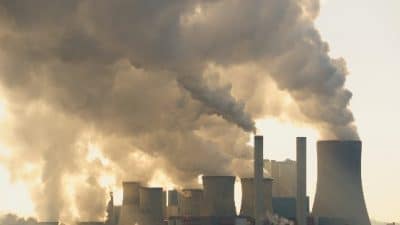
So this year, while you are mulling over meaningful resolutions to adopt, I would like you to consider a resolution that is not only easy to keep – it could save lives: Resolve to be Ready in 2011.
Resolve to be Ready means taking simple steps to prepare your family, your home, your business and your community before a disaster occurs. Not many of us like to think about disasters, especially at the start of a new year when the feeling of getting a fresh start instills a sense of positive possibilities, but disasters can strike anytime. The historic snow storms that swept into our region last February are a recent reminder of how fierce storms can unexpectedly wreck havoc on our daily lives. And, over the course of this past year, natural disasters have killed more than a quarter million people worldwide, ranging from the Haiti earthquake to the volcano in Indonesia. That’s one of the highest annual death tolls in a generation. While there is no way for us to control when, where, or what type of disaster may take place in 2011, we can control how we respond by Resolving to be Ready in 2011.
As you gather at home and in your communities with friends, family and colleagues this season, take a moment to think about how you would get in touch with these groups if a disaster suddenly unfolded? What risks would your property or community face? What basic supplies and medications would you need to have readily available? During this season-while we take a moment to slow down and appreciate what we have-take a moment to also do the following:
Get an emergency supply kit. Make sure to include water, food and first aid supplies to help you survive if you lose power or get stranded in your car. This is especially important for dealing with icy roads and snowstorms this winter, so keep one both at home and in your car.
Make a family emergency plan. Know how you and your loved ones would communicate and find one another if a disaster hit. For example, think in advance about how you would reach your children at school? Your spouse at work? If you had to evacuate, where would you go? · Be informed. Know the hazards and risks in your area and learn what you need to do to get ready for them.
We all want the peace of mind of knowing that our families, our homes and our businesses are safe and protected from threats of any kind. By following these basic preparedness steps in advance, you will be able to minimize the impact of disasters on yourself, your families and your community. Join us in spreading the word to your loved ones and encouraging them to also Resolve to be Ready in 2011. Learn more by visiting www.ready.gov, www.listo.gov, or www.CitizenCorps.gov.
MaryAnn Tierney is the FEMA Region III regional administrator.










